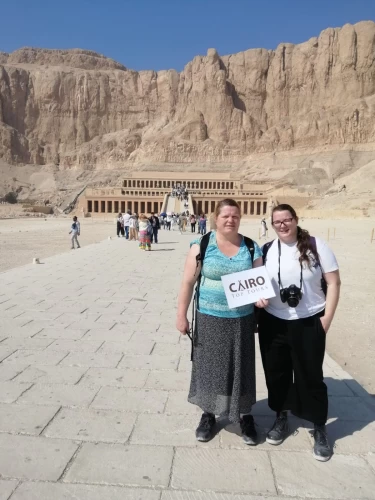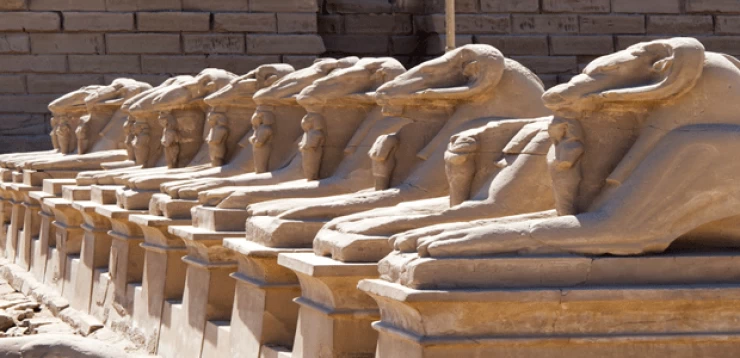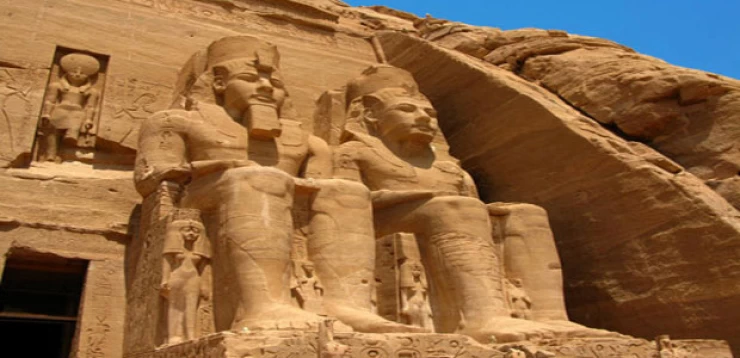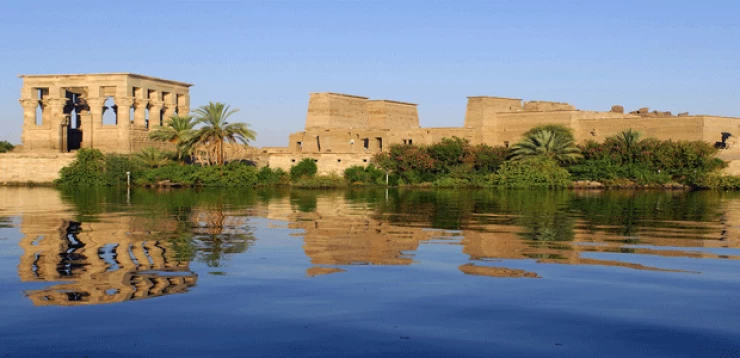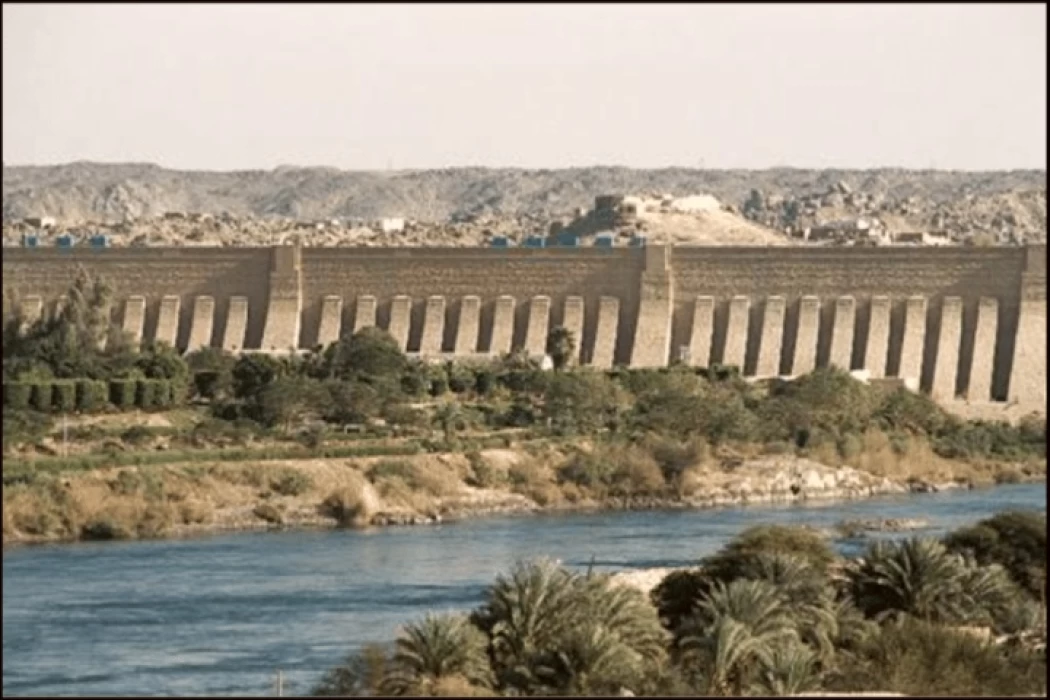
The Old Aswan Dam | Aswan Low Dam
The Low Dam in Aswan was equally spectacular once it had been initially designed by land at the tip of the nineteenth century nothing of its scale had ever been tried before. whereas it worked successfully for several years, it did not meet the nation's growing desires, and the levee was so designed.
this wasn't the primary plan to dam the Nile. The earliest record of plans for a dam is from the eleventh century. Ordered by Fatimid Muhammedan religious leader to manage the Nile's flooding, the engineer mathematician was terrified once he decided that it wasn't potential to try to do this, and insincere madness to avoid the Caliph's anger!
Once a contemporary marvel of the traditional world, Egypt's recent High Dam is currently nearly a century recent.

The High Dam
Once considerations regarding the structural integrity and unstable stability of the one,950-m-long, straight-gravity buttress dam surfaced within the early Eighties, the national High and Aswan Dams Authority conducted an intensive medical. As a part of the study, a team of researchers examined the condition of the masonry, conducted petrographic and chemical analyses, and determined the physical and mechanical properties of the dam's materials. It was found that original construction defects on the twice-heightened dam, like open-bleed water channels, moderate to severe honeycombs, and medium to giant cavities, had created the masonry permeable to the Nile's water from the get-go, that eventually junction rectifier to deterioration. Over the years, river water leaky through the dam enlarged the defects through chemical attacks and mechanical action and contributed to excessive consistency in some areas. However, tests that measure compressive strength, modulus of snap, shear strength, enduringness, relative density, and water absorption showed that the dam's masonry continues to be in comparatively fine condition.
The length of the Aswan High Dam is 3,600 meters, and its height is 111 meters. The base's 980 meters in width, which narrows to 40 meters at the top, is more remarkable. Forty-three million cubic meters of stone were used in its construction.
The Aswan High Dam is considered one of the most important projects in Egypt, and this is again its essential importance in protecting Egypt in some Egypt, along with its importance in producing energy.
Egypt now has the opportunity to pursue further industrial and agricultural growth thanks to the Aswan High Dam's significant benefits in terms of water storage, hydropower generation, and river flow control.







